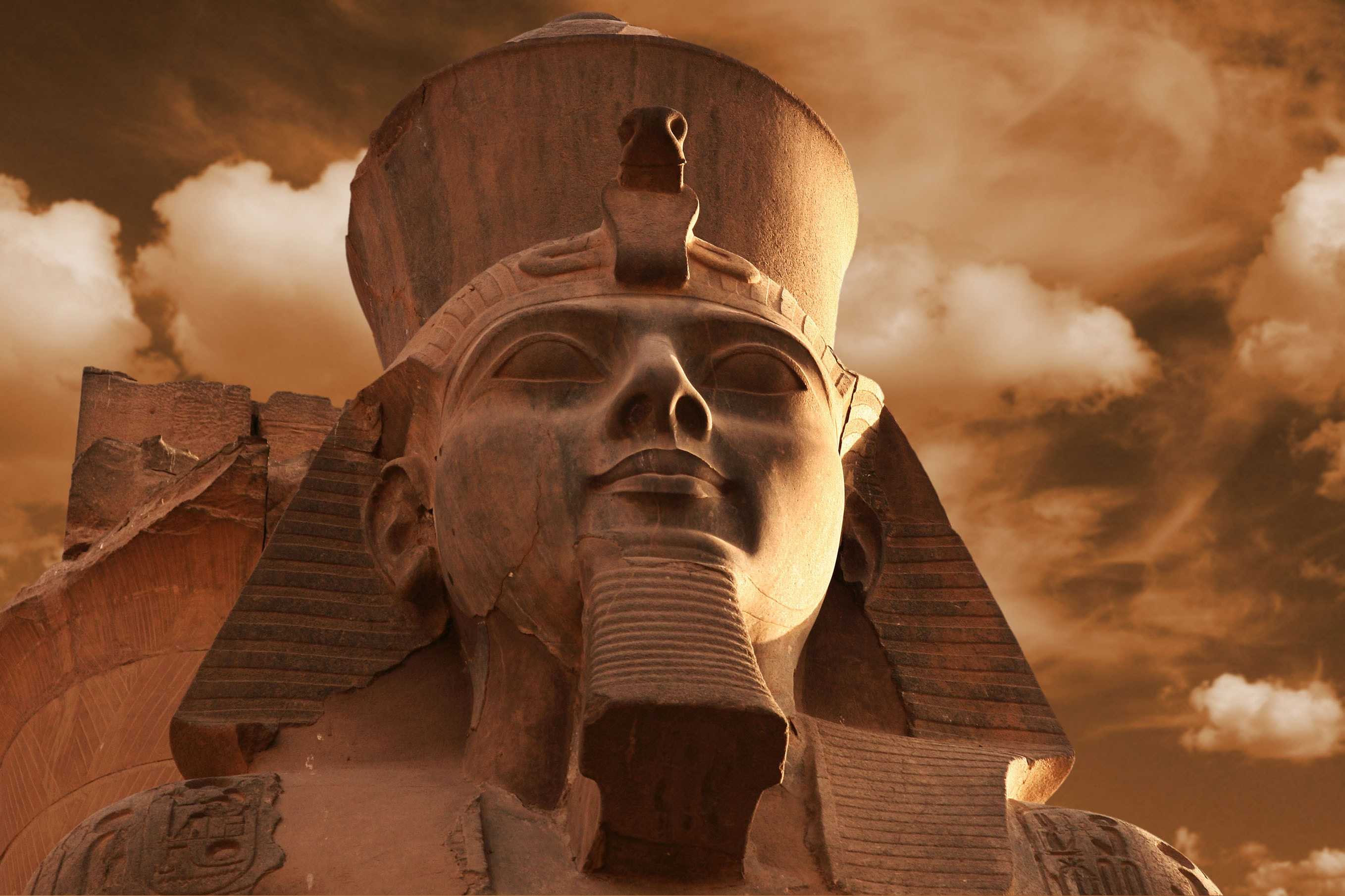BY DAVE RANKIN
As mentioned in the last installment, once crowned, Menes would rule over Upper and Lower Egypt. The unification of both lands would serve as a foundation for all others who followed him.
The kings were called pharaohs. The name pharaoh means “great house.” It is a name that stood for power and authority as the pharaoh controlled the land and its wealth.
To the ancient Egyptians, the pharaoh was viewed as a divine being. It was this omnipresence that led the people to believe that the pharaoh was present in all places, in all ways, all the time. As much as this omnipresence served him well, the pharaoh was just as human as anyone else living with the capability of good and bad.
In the book Kush, The Jewel of Nubia by Miriam Monges, she states, ”The principal role of the king was to maintain cosmic order, called Ma’at.” Ma’at happens to be the oldest spiritual system in the world. As a female deity, she stood for balance and order. Ancient Egyptians believed that it is through Ma’at the entire world came into existence. Heavy was the burden to live up to her name; this is why our great scholar Chiek Anta Diop wrote, “They (the pharaohs) were the embodiment of the concept of Ma’at, and the goddess Ma’at stood with them so long as they stood with Ma’at.” This is why the ancient Egyptians did not expect the pharaoh to abuse their power. Even when the pharaoh asked the people to contribute to the construction of the country, they were happy to oblige because it was the will of Ma’at. Obeying and supporting the pharaoh meant good for the society.
There were many festivals and ceremonies that were celebrated in the name of the pharaoh. One in particular was the Jubilee Festival; this was put on once a king ruled for 30 years. During this festival, the pharaoh had to show the priests that he was strong enough to overcome an arduous, and grueling course. The king’s vitality was tested along with various obstacles created by the priests. The obstacles the pharaoh was set out to complete were in the form of small holes, rock piles, and walls. The ancient Egyptians believed if the pharaoh was strong enough to complete these tasks, he was strong enough to rule. This was all the confidence they needed until the people felt he was no longer fit to rule. At that time he was put to death in a ritual killing.
The ritual killing of the king is a very Draconian tradition and was practiced by various tribes along the continent. The Hausa of Nigeria, the Shilluk of the White Nile were just a few who practiced this. It was even written that the Zulus put a king to death as soon as his hair turned grey, or he wrinkled. James George Frazer, the Scottish anthropologist and author of the book, The Golden Bough, confirms the above by stating, “The man-god must be killed as soon as he shows symptoms that his powers are beginning to fail, and his soul must be transferred to a vigorous successor.”
To the people of Kemet or ancient Egypt, there was a connection between the ruler and the fertility of the land. Since the pharaoh’s rule was based on Ma’at and the vitality of the land was of importance for balance and order, any decreased vigor of the pharaoh would affect the production of the land. This was something the people could not afford. Once power was transferred, the new pharaoh would bring about his or her own style of rule, attempting to create the perfect balance and harmony between the gods, the people, and the land.

